Many preferential credit packages
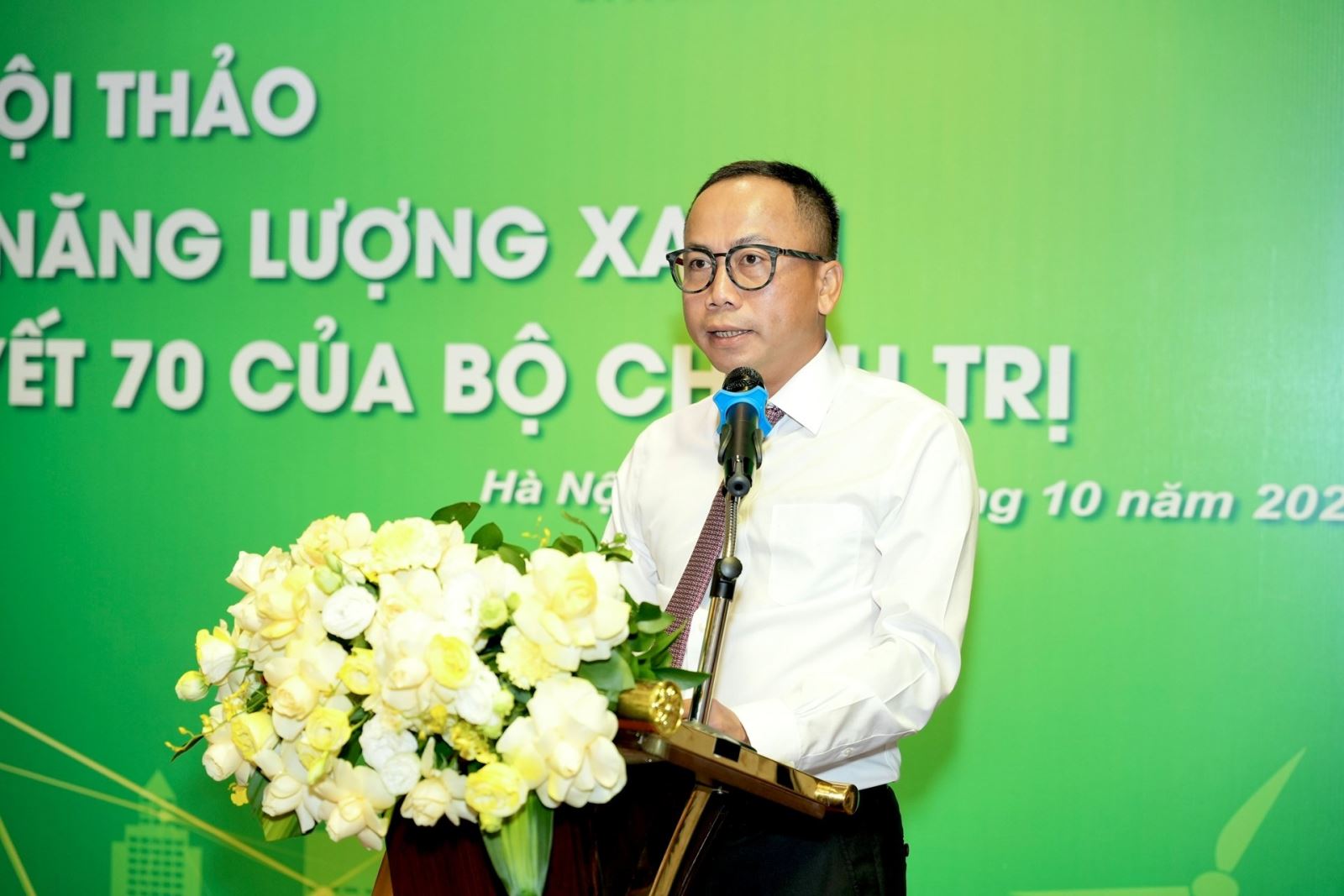
Green credit has always been a "hot" topic, especially since Vietnam committed to the NetZero goal by 2050 at COP26 (the 26th Conference of the Parties to the United Nations Framework Convention on Climate Change).
At the seminar "Green Energy Transition: A Perspective from Resolution 70 of the Politburo" organized by Investor Magazine on October 30th, Mr. Tran Hoai Nam, Deputy Director of the Corporate Customer Division of Vietinbank, stated that the total loan balance related to energy at Vietinbank currently stands at several hundred trillion VND, of which over 2 billion USD (60,000 billion VND) is allocated to green energy. Financial resources for green energy come from both domestic and international sources.
Over the past two years, Vietinbank has organized numerous conferences with import-export businesses and foreign direct investment (FDI) companies investing in Vietnam.
“When the issue of green transition becomes a trade barrier for businesses producing goods for export to the EU market, there is an urgent need for ESG (environmental, social, and governance) standards. In response to this, many businesses have expressed a desire for affordable capital to facilitate green transition. VietinBank is building a system to mobilize resources, starting with a sustainable development framework and issuing green bonds,” said Mr. Tran Hoai Nam.
Commercial banks are also actively seeking customers and finding affordable sources of funding for green projects. Mr. Tran Hoai Nam stated that, in line with the State Bank of Vietnam's (SBV) policy, in addition to ensuring energy security, VietinBank has participated in many preferential credit packages for green transformation, such as lending for 1 million hectares of rice cultivation to reduce emissions, with a promised disbursement of 130,000 billion VND; and participation with European financial institutions, demonstrating the continued commitment to green transformation in the world and Europe.
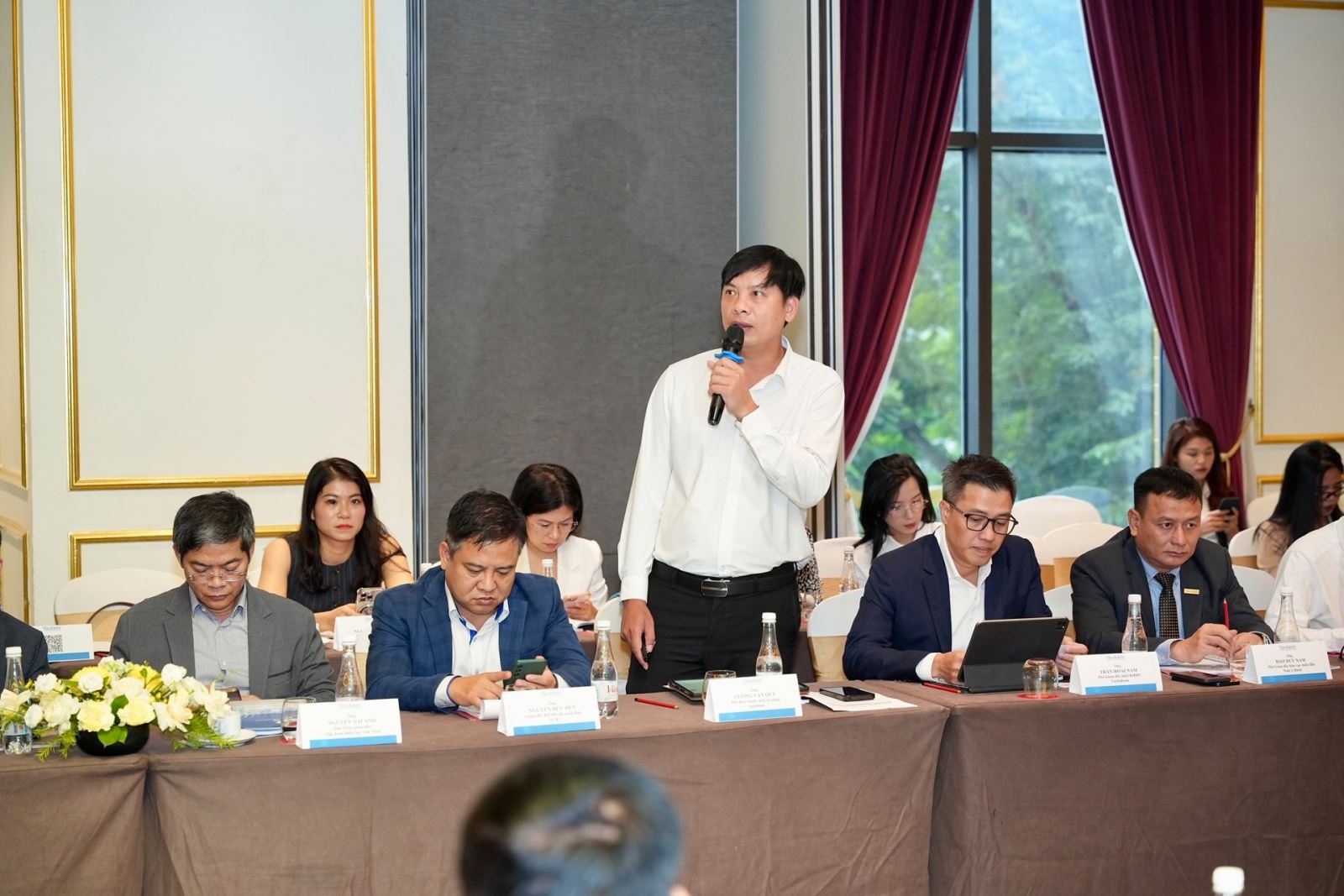
At the seminar, Mr. Vuong Van Quy, Deputy Head of the Credit Policy Department of Agribank, stated that Agribank has implemented a variety of green credit programs with a total scale of tens of trillions of VND.
Among these, several programs focus on green energy and renewable energy: A preferential green credit program worth 30,000 billion VND, dành for investment projects in key industries and green sectors, with a fixed interest rate of only 6.0%/year for 24 months, applicable until December 31st. This program prioritizes renewable energy projects, clean agriculture, and environmental protection, helping businesses reduce capital costs and promote green transformation.
"We need to expand investment in internationally funded environmental protection projects, including wind, solar, and biogas energy projects, especially in the Mekong Delta and the Central Highlands, to combat drought and salinity intrusion," said Mr. Vuong Van Quy.
Based on the directives in Resolution 70-NQ/TW, Agribank has identified green credit in general, and credit for green energy in particular, as one of the key focuses in its long-term development roadmap, closely linked to digital transformation, building a modern bank, and international integration.
“In the coming period, Agribank will continue to improve its internal mechanisms and policies to promote green credit growth and manage environmental and social risks in lending activities. During the lending process, Agribank will link project appraisal with environmental impact assessments, excluding projects that seriously affect the environment, and focusing on renewable energy projects such as wind and solar power,” said the Deputy Head of the Credit Policy Department of Agribank.
Agribank will continue to research and develop more products and services that meet green standards according to Decision 21 and international standards, focusing on renewable energy, high technology, and new energy sources.
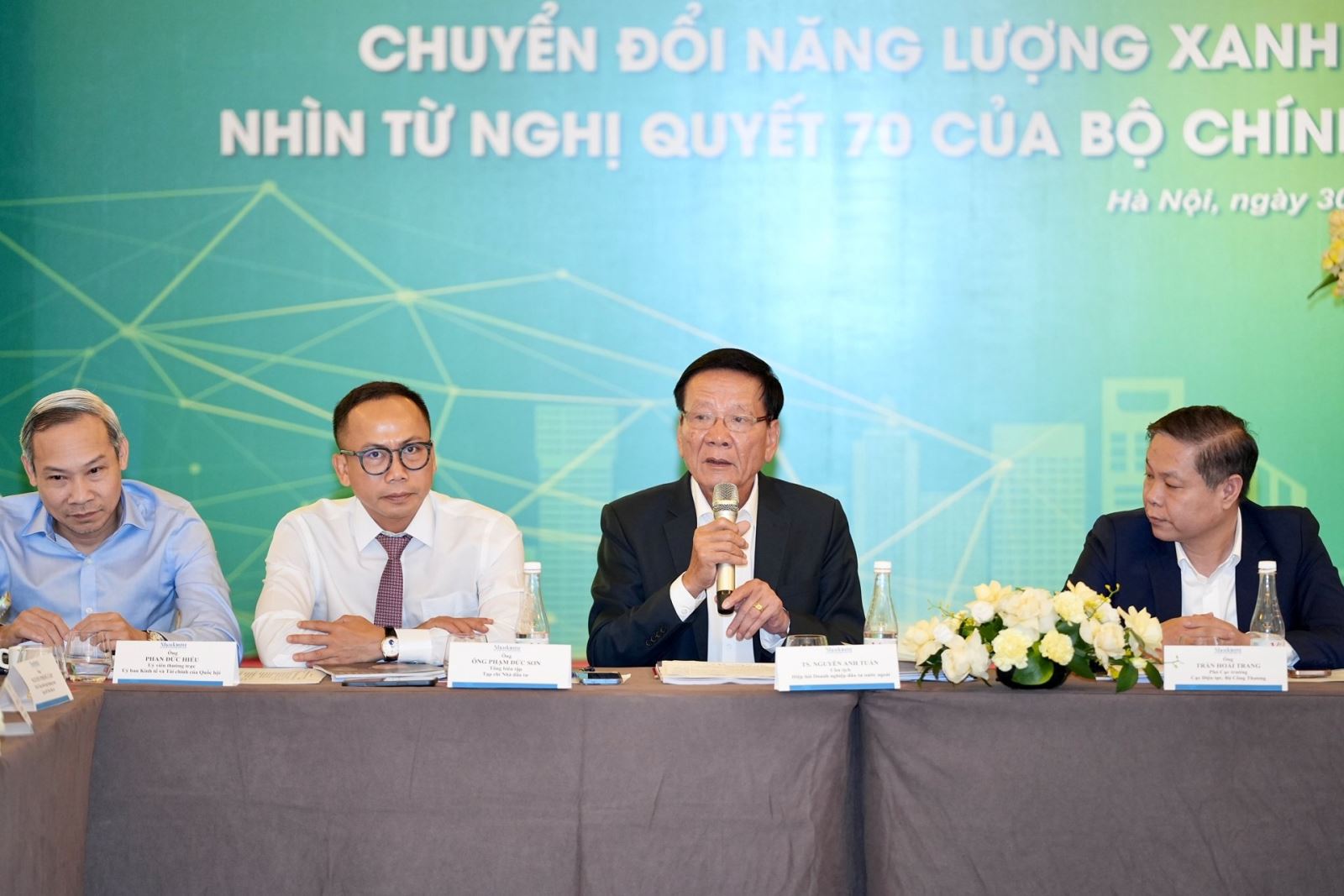
Representatives from Agribank proposed that the overall legal framework needs to be perfected, including issuing unified regulations on green credit and green bonds; creating incentive mechanisms by offering preferential risk coefficients and reducing capital costs for green energy projects; ranking credit institutions for green energy credit; and accessing international capital, climate funds, and refinancing from the State Bank of Vietnam for renewable energy technologies.
In particular, it is necessary to standardize data and ensure information transparency; build a database of greenhouse gas emissions and green energy credits, and apply digital technology to monitor renewable energy projects.
There is a lack of a legal framework for green bonds.
Regarding credit for green transformation, Ms. Pham Thi Thanh Tung, Deputy Director of the Department of Credit for Economic Sectors at the State Bank of Vietnam, said that the banking sector has been promoting green credit for 10 years.
After 10 years of implementing measures to promote green credit, the results of green credit lending have been quite positive. Accordingly, many credit institutions are lending to green projects under 12 categories. The average growth rate of green credit from 2017 to the present has reached 22%. Renewable energy, in particular, has seen exceptional growth.
“In 2017, outstanding loans to the renewable energy sector were only 9,500 billion VND, but by the end of June 2025, this figure had increased to nearly 290,000 billion VND. If we consider the average credit growth rate of the renewable energy sector, it reaches approximately 150%, which is significantly higher than the average growth rate of green credit,” said Ms. Pham Thi Thanh Tung.
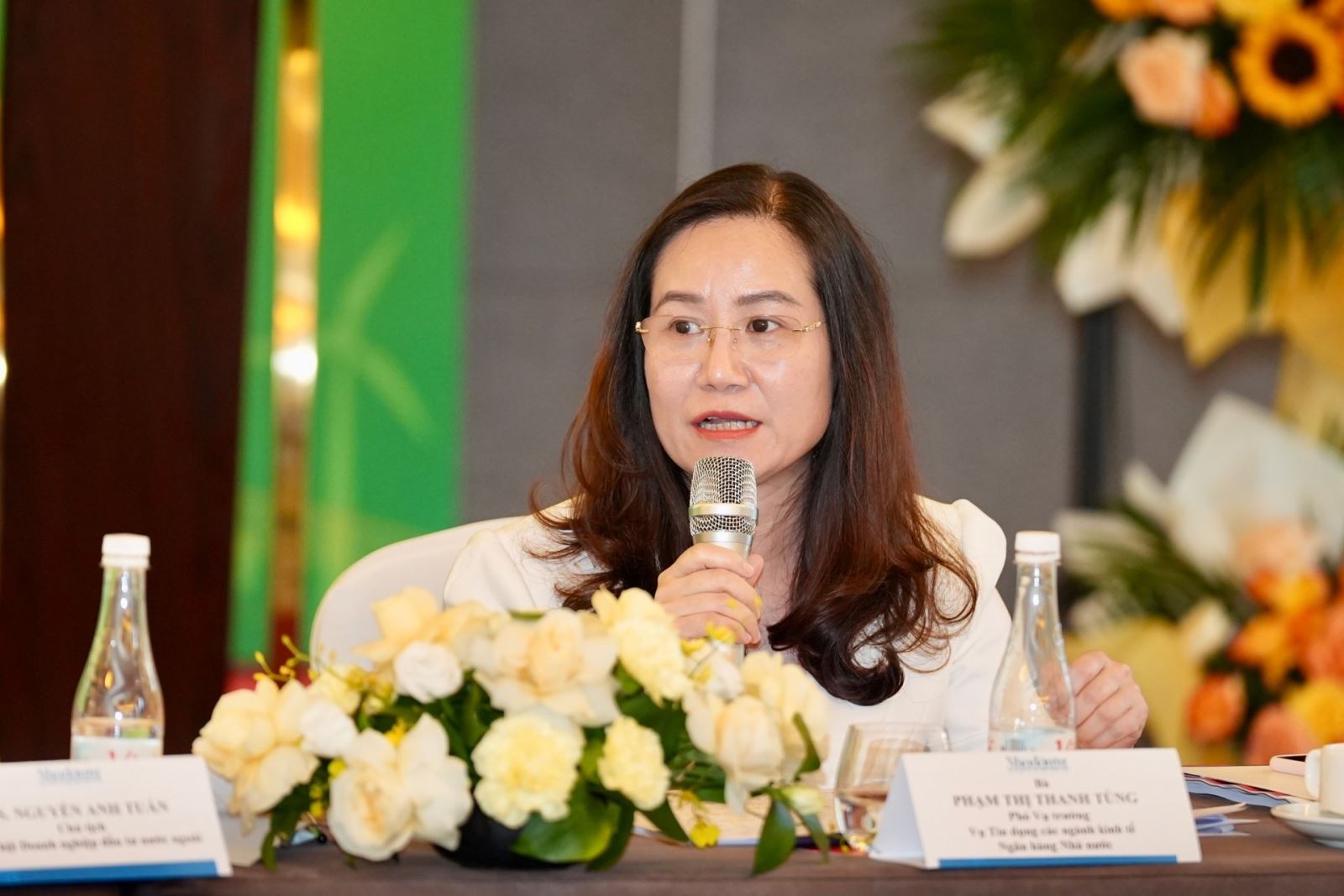
According to the State Bank of Vietnam, in the total outstanding green credit, the proportion of loans for renewable energy is the largest at 39%. Finance plays a crucial role in one of the four pillars of Resolution 70. The resources for implementing Resolution 70 originate from credit sources – from commercial credit institutions and credit from policy banks.
Within the investment credit lending portfolio, there is lending for renewable energy. Commercial credit sources include Resolution 198 of the National Assembly, which provides a 2% interest rate mechanism for investors implementing green projects, including renewable energy. “With the 2% support mechanism, a Decree is being drafted for submission to the Government and will be finalized in 2025. Sources from the capital market include the green bond market and the carbon credit exchange,” said the Deputy Director of the Department of Credit for Economic Sectors at the State Bank of Vietnam.
However, regarding green bonds, according to a representative from the State Bank of Vietnam, Vietnam still lacks a legal framework for developing a Decision on green bonds. In addition, there is also a lack of a Decree on carbon market transactions; the Ministry of Finance is coordinating with the Ministry of Agriculture and Environment to submit this Decree to the Government.
“These decrees are being implemented and will be completed in 2025 to run the interest rate support program. The green list has been issued but has not yet been implemented because although Decision 21 clearly defines whether an investor's project must be green or not with existing criteria, there is still no guidance from the Ministry of Agriculture and Environment,” said Ms. Pham Thi Thanh Tung.
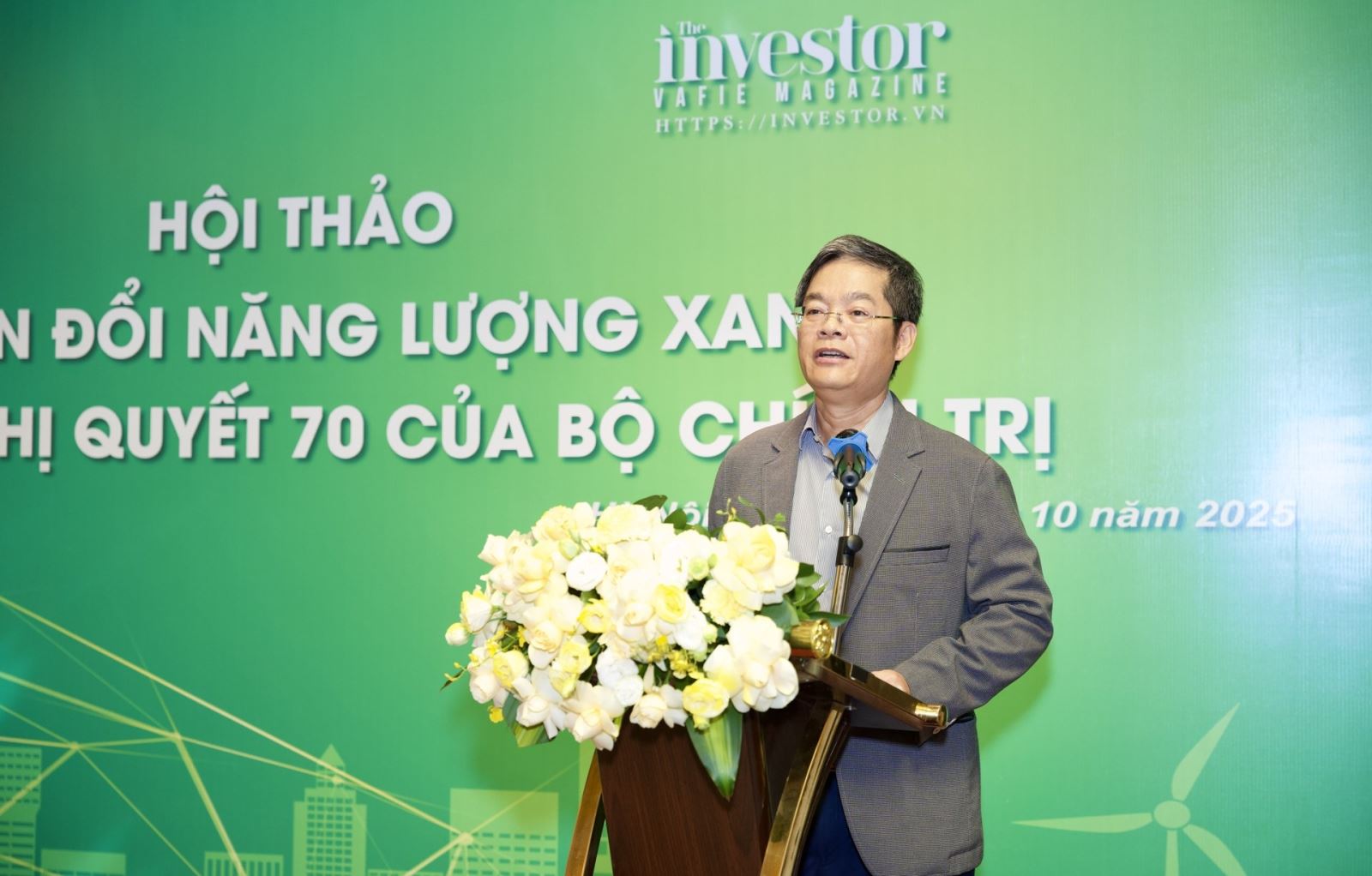
With a total investment of 3-4 billion USD per year, mobilizing social capital is essential. Resolution 70 allows for the participation of various economic sectors, helping to share the financial burden and promote the green transformation process.
For the Government and relevant ministries, EVN proposes the early completion of regulations, guidelines, legal frameworks, and technical standards for new energy technologies such as offshore wind power, energy storage, hydrogen, ammonia, biomass, and carbon capture and storage; and the completion of the legal framework for the carbon market, ensuring consistency with international regulations. In addition, EVN has been assigned to lead several key projects such as offshore wind power, expanded hydropower, and the high-voltage transmission grid (HVDC)...
Source: https://baotintuc.vn/kinh-te/can-khung-phap-ly-tong-the-ve-tin-dung-xanh-trai-phieu-xanh-20251030182120092.htm








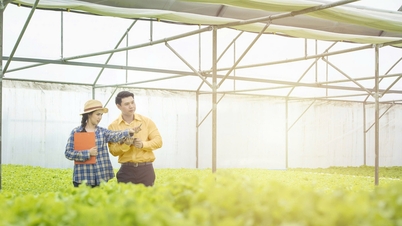

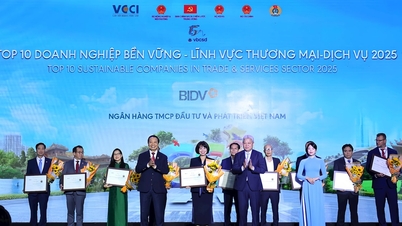





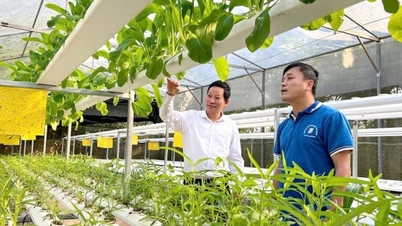

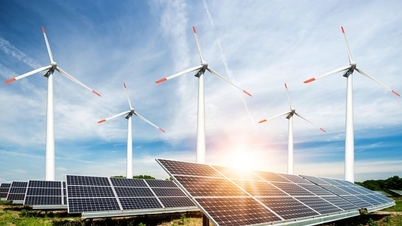

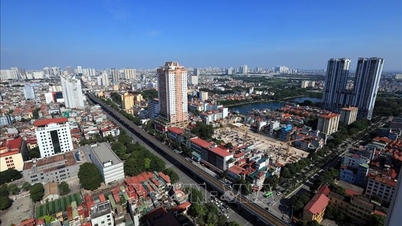



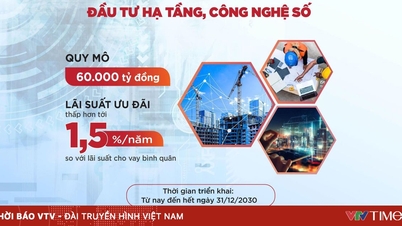

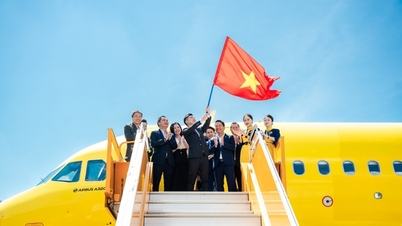







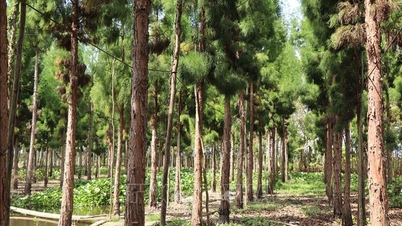
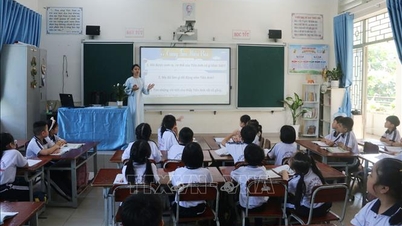
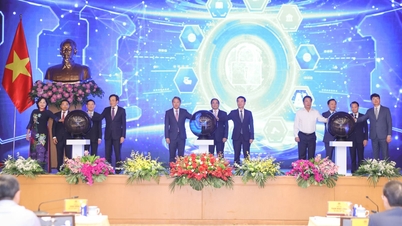















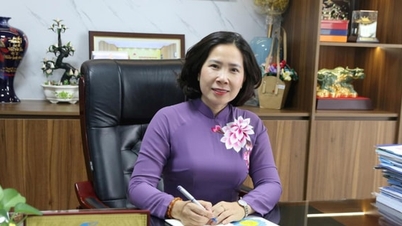




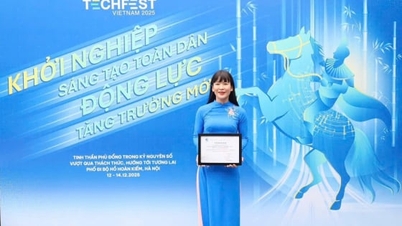



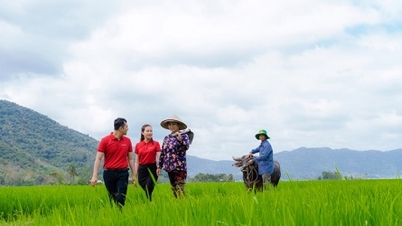

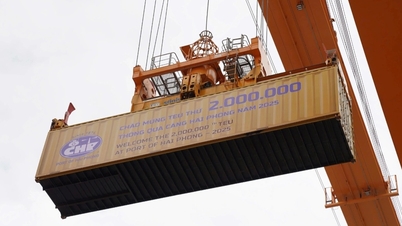

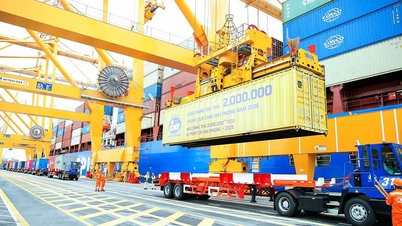
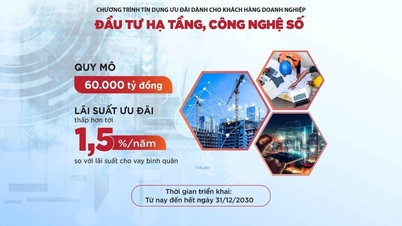





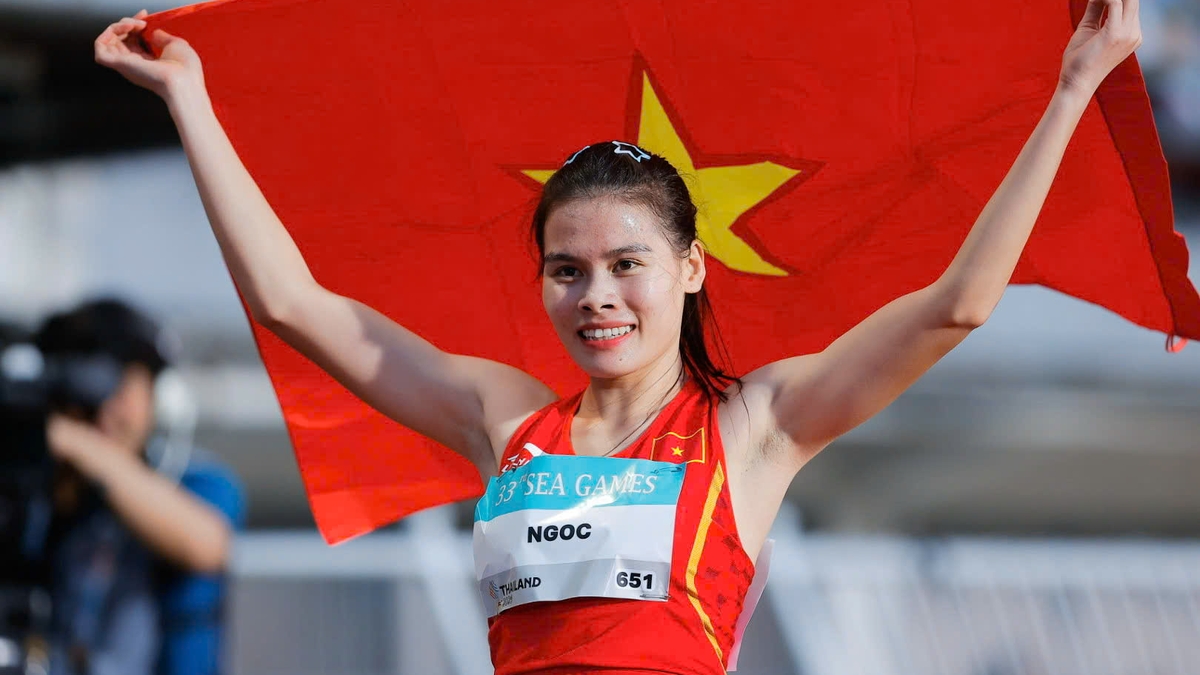







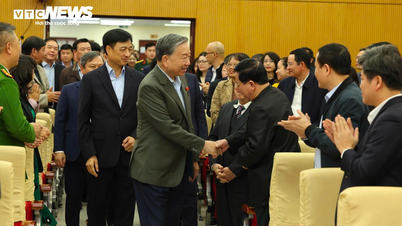



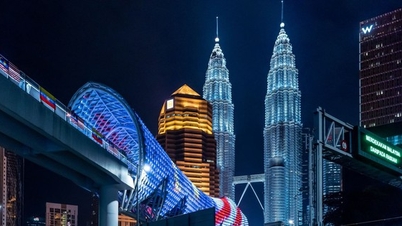


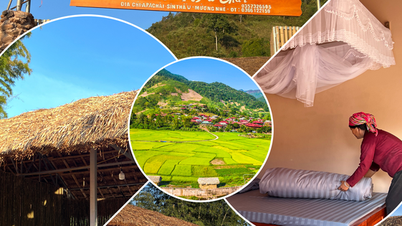











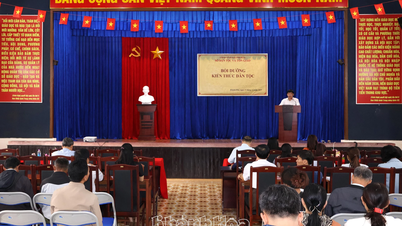













Comment (0)